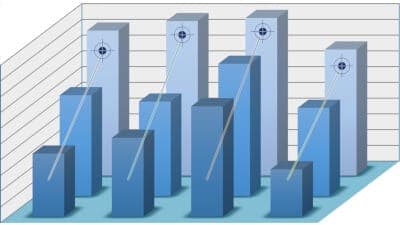NTCA responds to FCC draft order on access stimulation
On September 5, 2019, the FCC issued a draft order with a proposal to change the definition of access stimulation. In their meeting and ex parte filing with the FCC, the NTCA showed the impact that this definition would have on carriers who would become inadvertently swept up in this definition.
The current access stimulation definition is a 3:1 ratio of terminating-to-originating minutes, and evidence of revenue sharing. The proposed new definition is a 6:1 ratio of terminating-to-originating minutes, with no evidence of revenue sharing required.
The NTCA cited analysis by NECA (National Exchange Carrier Association) using switched access projections found that 4% of RLECs participating in the NECA pool would become defined as access stimulators.
Once tagged as access stimulators, these carriers would have to bear financial responsibility for transport and tandem switching costs.
Another 1% of the NECA pool would be on the verge of such classification, having estimated terminating-to-originating minutes ratios above 5:1.
The NTCA cited FCC commentary when the access stimulation rule was first adopted in 2011. At that time, the FCC said:
“A terminating-to-originating traffic ratio or traffic growth condition alone could prove to be overly inclusive by encompassing LECs that had realized access traffic growth through general economic development, unaided by revenue sharing.”
The NTCA advocated that the FCC must retain revenue sharing as part of the access stimulating definition. Specifically, the NTCA recommended the following:
- The Commission should adopt a rebuttable presumption that will enable carriers to show they are not access stimulators under a revised definition.
- The Commission should make clear that a LEC deemed to be an access stimulator is only financially responsible for the tandem switching and transport that it chooses for purposes of a subtending end office.
- RLECs should be subject to a different access stimulation definition given the structural disincentives for such practices, e.g., 10:1 terminating-to-originating minutes and at least 3 million minutes of interstate calls per month terminating to a given end office.
- The Commission should periodically review any changes to the definition of access stimulation to ensure it keeps pace with marketplace changes.
